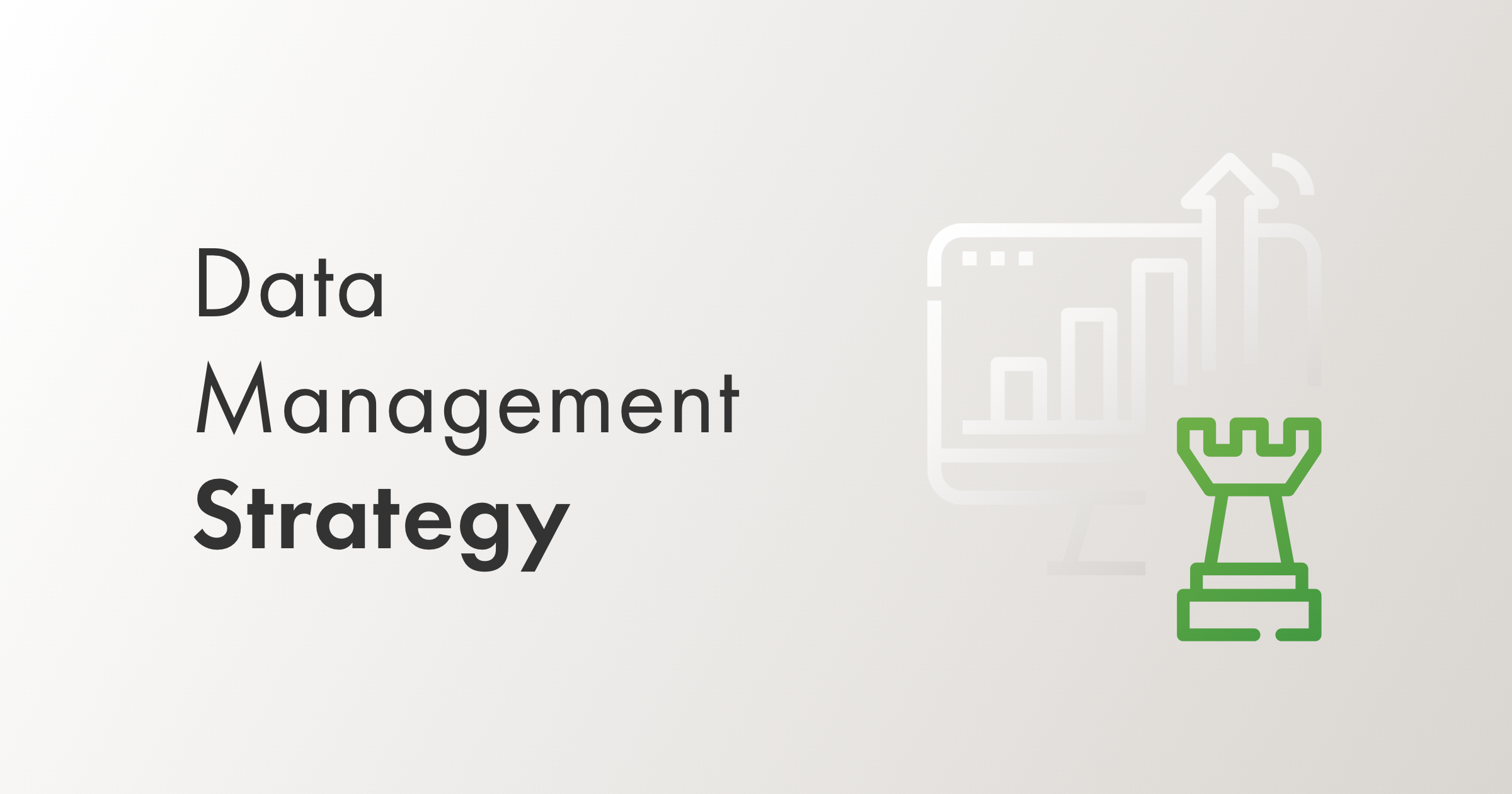We are experiencing the massive growth of data in enterprises and organizations of all types. Data has become a core element of growth, productivity, innovation, and competitiveness. The growing volume of data in the operational systems of businesses has brought to the forefront the importance and need for effective data management. Data presents as a valuable source of information and an important element in decision-making, but without proper management it can be corrupted or remain useless. Today, data management is a priority in organizations, and everyone is focusing on setting up the right data management strategies. As the importance of data management cannot be denied, this blog presents some valuable insights to help you with effective data management strategy.
What is Data Strategy?
A company’s data strategy is like a vision that presents how that business is going to collect, store, use, and share data. It is a foundation element for everything that is associated with the data. It helps an organization optimize the benefits reaped from its data and data assets. In addition, the right data strategy helps to use resources efficiently, unlock the true power of data, ensure data governance and quality.
Steps of Implementing Data Strategy
Every organization that collects and processes a tremendous amount of data must implement a data strategy. It can take time to finalize and fine-tune the strategy based on your business needs, but the following are five crucial steps of implementation that you can start with:
- Pinpoint Business Objectives
Your business objectives are not just to set up the direction of business operations, but should also direct your data strategy. Without the right business objectives, you will be using time and resources to store, manage, and analyze the wrong data sets.
You must be clear about what are the main objectives of your business and then ask yourself what data you need to achieve those objectives and what data analytics you need to flourish. When you have a clear vision of your business objectives, you can correctly start setting up key processes of your data strategy.
- Effective Data Processes
Once you are clear about what data you need, it’s time to work on your data processes for setting up best practices for collecting, storing, and processing the data. The effective approach is to address them one by one and set up data management activities accordingly. For example, you can find the answers to questions, such as:
- How to collect data?
- What are your data sources?
- How to transform raw data into useful data?
- Where to store data?
- How to secure data?
You have to evaluate data collection, storage, and processing from all angles to ensure that you are putting in place effective data processes.
- Right Technology
While you work on setting up the right data processes, you will realize that it requires the right technologies, tools, and platforms to have a solid data management strategy. Therefore, you must properly evaluate what hardware and software you need to set up the appropriate data management infrastructure. Search for the right tools, as there are a multitude of platforms available today to meet your technological needs.
- Ensure Data Governance
It’s not just managing data, but it is also about ensuring proper data governance. If you are collecting and processing an immense amount of data, then you must create procedures and policies to have proper data usage. This includes working on data quality, privacy, security, and transparency, thereby ensuring top-notch data governance measures.
- Train and Implement
Once you are done setting up data management tools, policies, and procedures, the last stage is training your team. You should deliver the knowledge and skills your staff needs to manage and analyze data effectively. If your staff holds expertise in data management and analysis, then your organization is in a better place to extract the benefits from the data.
Data Management is for Everyone
Every organization that collects data needs data management. But data management isn’t the job of only policymakers. Every employee has to take part in data management and ensure that proper data infrastructure is in place. Negligence from employees can turn a well-developed data management infrastructure vulnerable to malfunctions or outside threats. In a nutshell, an efficient data management strategy must be a core business goal, but it must be implemented by the contribution and dedication of all employees.



